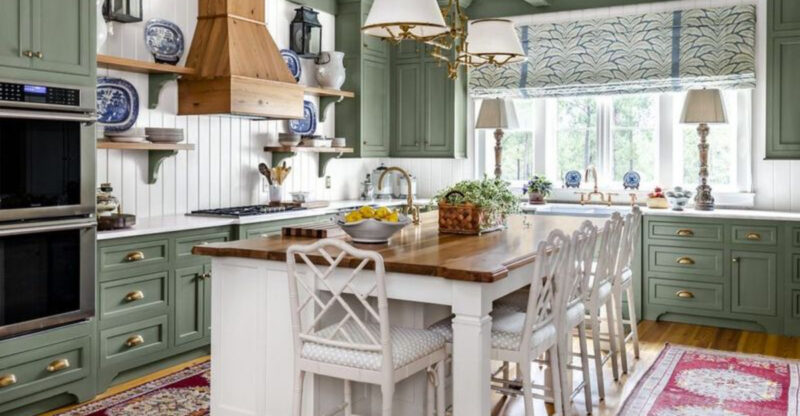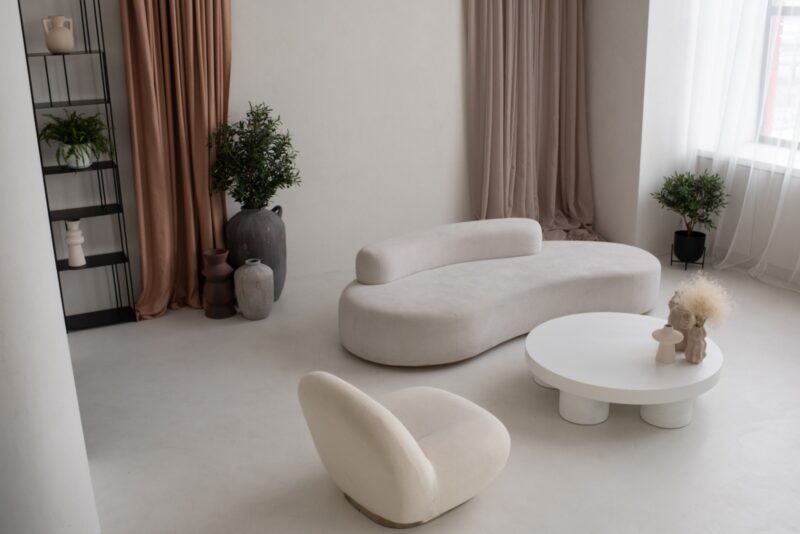Texas Housing Styles That Aren’t Flying Off The Market Like They Used To
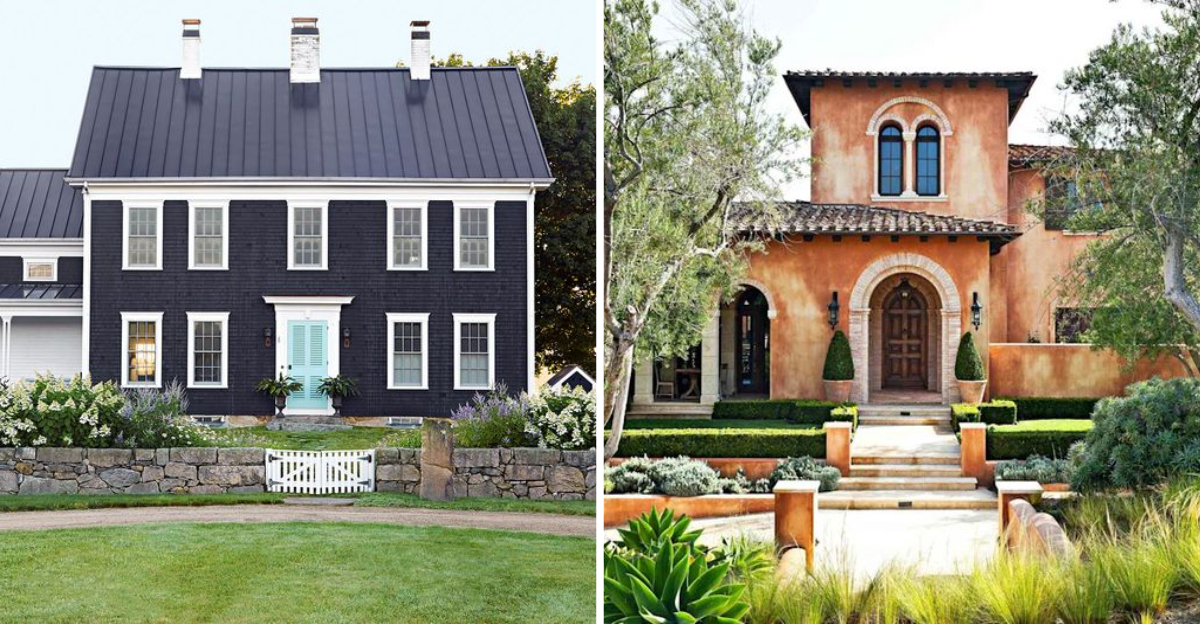
Texas real estate has always been a hot market, but not every home style is keeping up with the times.
Some architectural designs that once dominated neighborhoods are now sitting on the market much longer than before. Buyers today want different features, lower maintenance, and better energy efficiency, which means certain classic Texas home styles are losing their appeal fast.
1. Overly Ornate Mediterranean Revival Homes
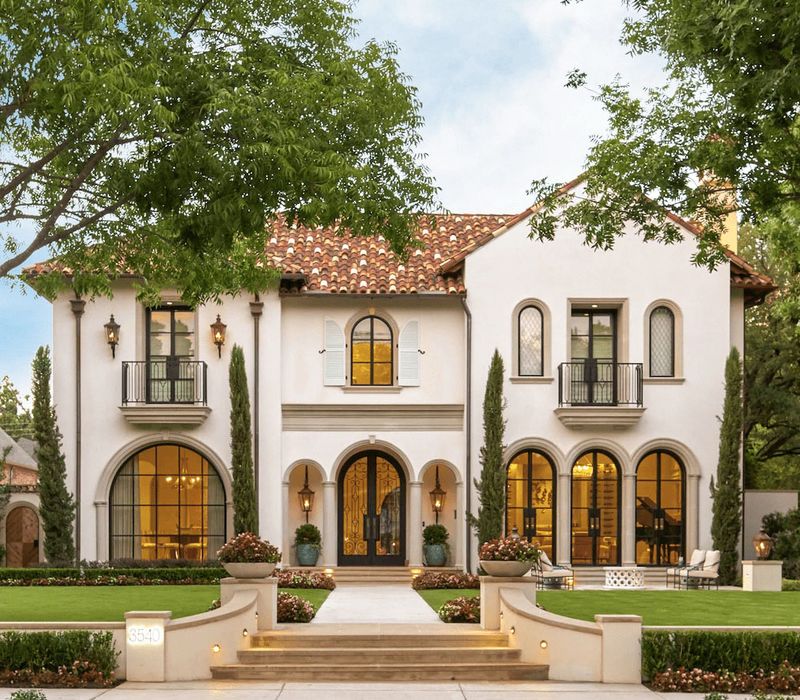
Mediterranean homes once screamed luxury with their grand columns and fancy tile work. Buyers loved the dramatic arches and intricate details that made these properties stand out in upscale neighborhoods.
However, maintaining all those ornate features has become a real headache for homeowners. The elaborate designs require constant upkeep, painting, and repairs that modern buyers simply don’t want to deal with anymore.
Energy bills also tend to run higher in these older Mediterranean-style homes. People today prefer simpler, low-maintenance designs that fit their busy lifestyles better than these high-maintenance showpieces.
2. Stone-Veneer Suburban Facades
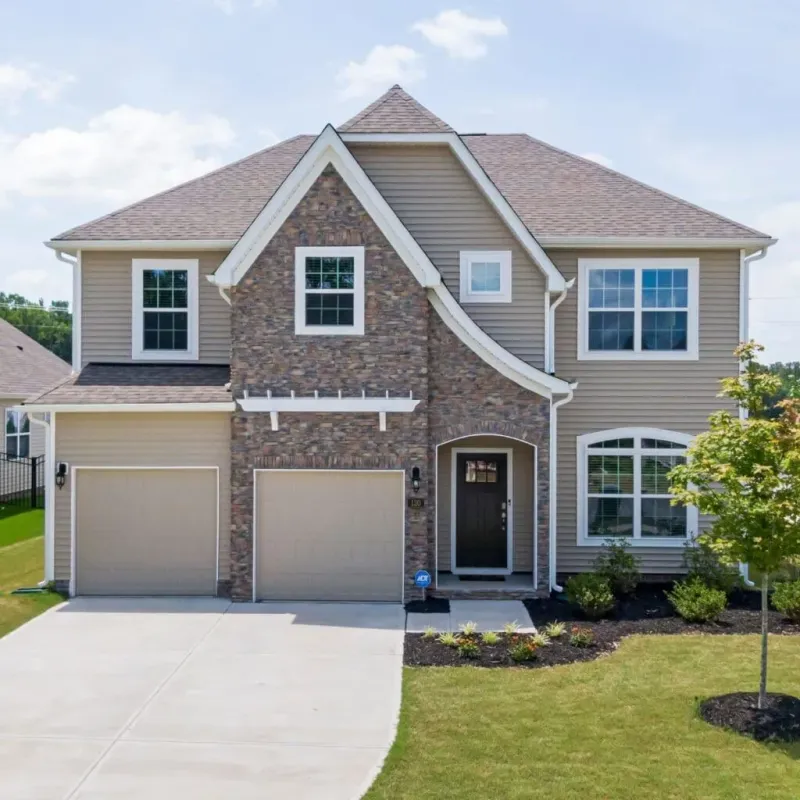
Stone veneer seemed like a budget-friendly way to add elegance to suburban homes when builders first introduced it. Many neighborhoods across Texas feature these thin stone layers applied to the front of houses for curb appeal.
Unfortunately, this cost-cutting choice doesn’t age well over time. The veneer often fades unevenly, creating patchy appearances that look cheap rather than sophisticated.
Worse yet, the stones can detach from the wall, leaving homeowners with expensive repair bills. Buyers now recognize these facades as inauthentic and problematic, preferring homes with genuine materials or modern siding options instead.
3. All-Brick Ranch Homes Without Contrast
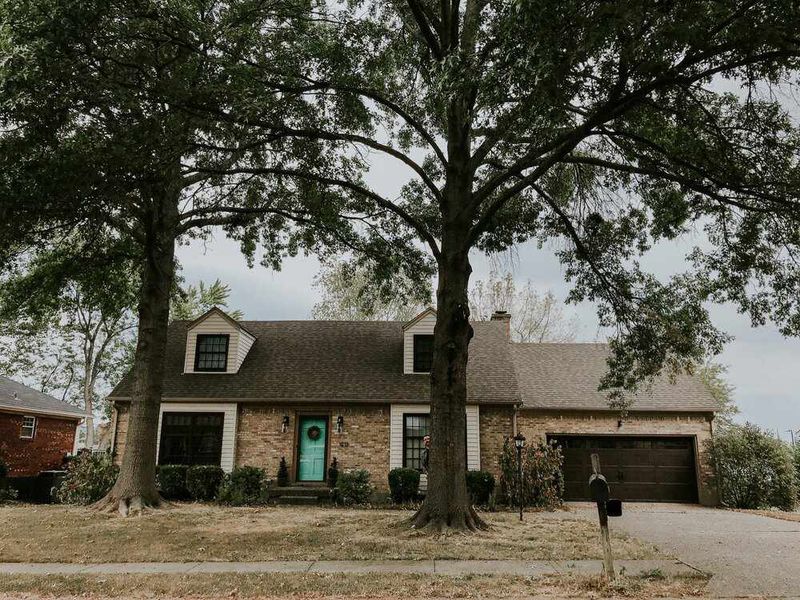
Brick ranch homes were once the backbone of Texas neighborhoods, offering solid construction and timeless appeal. Families loved the durability and the classic American look these single-story homes provided.
But when the entire exterior is covered in the same monotonous brick color, the house lacks personality. Red or beige brick stretching across every wall creates a dull, dated appearance that fails to catch anyone’s eye today.
Modern buyers crave visual interest and variety in their home’s exterior design. Without contrasting materials, trim colors, or architectural details, these ranch homes feel stuck in the past and struggle to compete.
4. Faux Craftsman Details on Production Homes

Builders jumped on the Craftsman trend by slapping decorative brackets and square columns onto cookie-cutter homes. These production houses tried to capture the charm of authentic Craftsman architecture without the actual quality workmanship.
Anyone who knows real Craftsman style can spot these imitations immediately. The details are often plastic or foam rather than genuine wood, and the proportions feel off compared to true Craftsman homes.
Buyers who appreciate authentic design find these faux features insulting rather than appealing. They’d rather have a simple, honest design than a cheap knockoff pretending to be something it’s not.
5. Cookie-Cutter Beige Suburban Styles

Drive through many Texas suburbs and you’ll see endless rows of nearly identical beige houses. Developers built entire neighborhoods using just a few floor plans, changing only minor details between homes.
This repetitive approach made construction faster and cheaper, but it sucked all the personality out of communities. Walking down these streets feels like being trapped in a bland, impersonal maze where nothing stands out.
Today’s buyers want homes with character and uniqueness that reflect their personal style. These cookie-cutter beige boxes represent everything people are trying to avoid when searching for their dream home.
6. Excessive Faux Shutters That Don’t Function
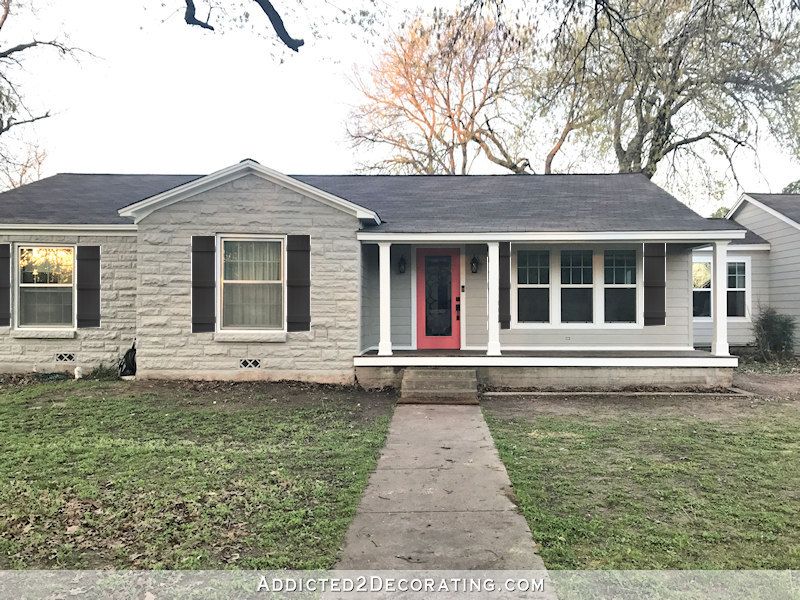
Decorative shutters became a quick way to add charm to plain house facades across Texas. Builders attached these window accessories without considering whether they actually made sense or could function properly.
Most of these shutters are sized incorrectly, too narrow to actually cover the windows they’re supposed to protect. They’re purely cosmetic, and over time they fade, warp, and require maintenance despite serving absolutely no purpose.
Smart buyers now see these fake shutters as a red flag indicating shortcuts elsewhere in the home. Authentic design elements that serve a real function are far more desirable than pointless decorations.
7. Two-Story Entryways With Oversized Arches
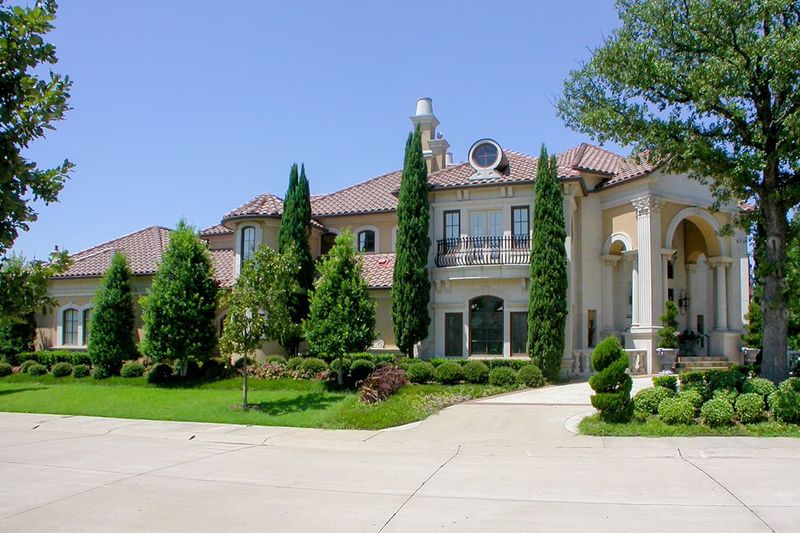
Grand entryways with soaring ceilings and massive arched windows once symbolized luxury and sophistication. Guests would enter these homes and immediately feel impressed by the dramatic vertical space and natural light.
But these impressive features come with serious drawbacks in the Texas heat. The large windows and open vertical space make temperature control nearly impossible, sending cooling costs through the roof during summer months.
Additionally, the disproportionate scale feels wasteful compared to the rest of the home. Modern buyers prefer efficient use of space and lower utility bills over showy entryways that drain their wallets.
8. Dark Roofs With Poor Heat Reflectivity

Dark shingles were the standard choice for roofing across Texas for decades. Homeowners picked deep browns and blacks without considering how these colors would affect their energy consumption.
In Texas’s brutal summer heat, dark roofs absorb tremendous amounts of solar radiation. This turns attics into ovens and forces air conditioning systems to work overtime just to keep homes comfortable.
Light-colored, reflective roofing materials are now recognized as much smarter choices for the climate. Buyers specifically look for energy-efficient features, and dark roofs signal higher utility bills that make homes less attractive.
9. Tuscan-Inspired Stucco McMansions
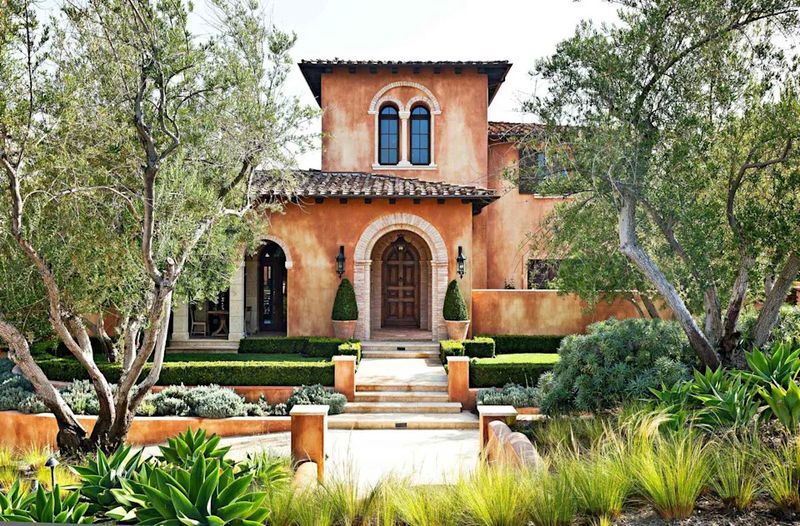
Massive Tuscan-style homes with stucco walls and wrought iron details became status symbols in Texas during the early 2000s. These oversized properties tried to recreate Italian villa aesthetics in suburban Texas settings.
The problem is that stucco requires constant maintenance in Texas weather conditions. Cracks develop, moisture seeps in, and the heavy iron accents rust or require regular painting to prevent deterioration.
Beyond maintenance issues, these homes often feel out of place in Texas landscapes. Buyers now prefer architectural styles that actually belong in the region rather than awkward transplants from another continent.
10. Formal Living Rooms Nobody Uses
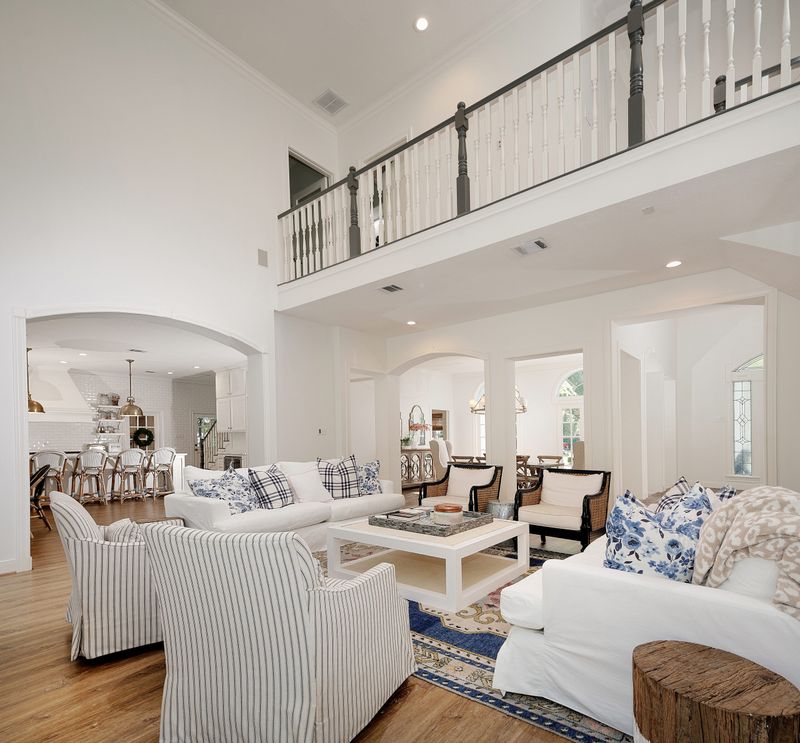
Traditional floor plans included formal living rooms right inside the front door, separate from the family living space. These rooms were supposed to be for entertaining important guests and special occasions only.
In reality, most families never used these spaces, letting them become expensive storage areas for furniture nobody sits on. The square footage dedicated to formal rooms felt like a complete waste of valuable space and money.
Open floor plans that connect kitchen, dining, and living areas are what buyers want now. Flexible spaces that families actually use daily beat stuffy formal rooms that exist only to impress visitors.
11. Carpeted Bathrooms and Kitchens
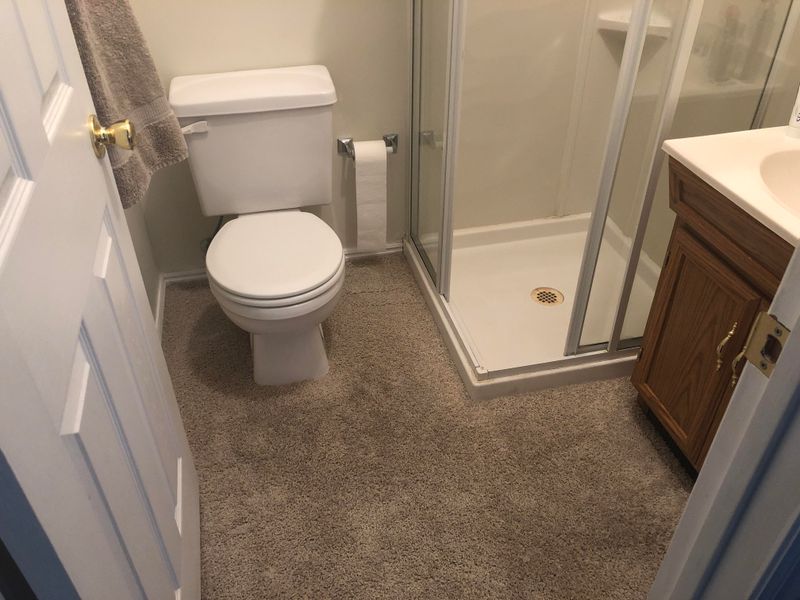
Believe it or not, carpeting in bathrooms and kitchens was actually a trend in some Texas homes. Builders thought it added warmth and luxury to these functional spaces during certain decades.
This design choice was a hygiene nightmare from the start. Carpet absorbs moisture, spills, and odors in rooms where water and food are constantly present, creating perfect breeding grounds for mold and bacteria.
Removing and replacing this impractical flooring is one of the first things new owners must do. Homes still featuring carpeted bathrooms or kitchens immediately signal outdated design and poor maintenance decisions to potential buyers.
12. Sunken Living Rooms With Step-Downs
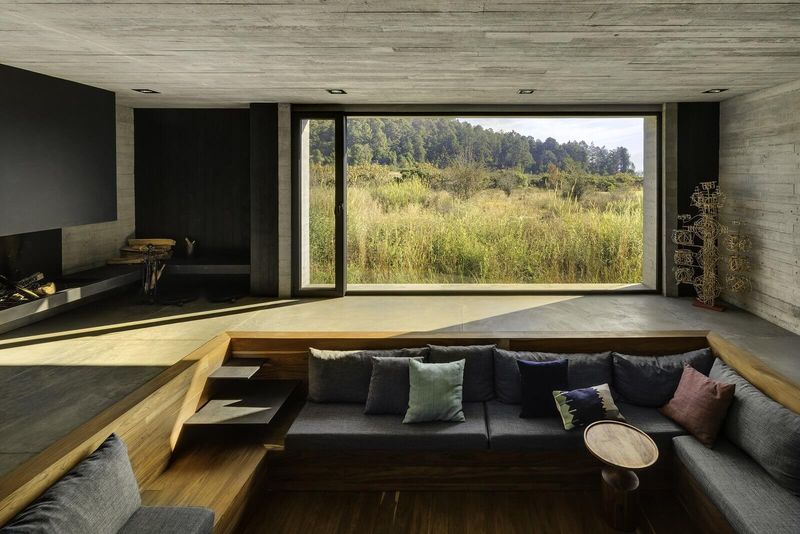
Sunken living rooms created distinct zones within open floor plans, making conversation areas feel more intimate and special. The step-down design was considered architecturally interesting and sophisticated during its heyday.
However, these level changes pose safety hazards, especially for children, elderly family members, and guests unfamiliar with the layout. Tripping on unexpected steps has led to countless injuries over the years.
Furniture arrangement also becomes more complicated with sunken areas. Modern buyers prefer smooth, accessible floor plans without awkward level changes that limit furniture options and create potential dangers throughout the home.
13. Popcorn Ceilings Throughout

Popcorn texture covered ceilings in countless Texas homes, originally applied to hide imperfections and reduce noise. Builders loved this technique because it was cheap, fast, and forgiving of sloppy drywall work.
Unfortunately, this texture collects dust, cobwebs, and discoloration over time. Cleaning or painting popcorn ceilings is extremely difficult, and removal requires professional help because older versions may contain asbestos.
Smooth ceilings look cleaner, more modern, and make rooms feel larger and brighter. Homes still sporting popcorn texture throughout immediately date themselves and require costly updates before they’ll appeal to contemporary buyers.
14. Oversized Garage-Dominant Front Facades
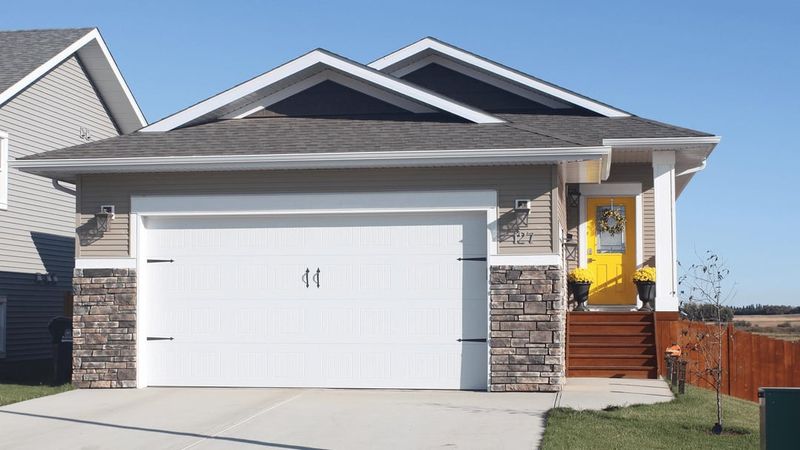
Many Texas homes feature garages that completely dominate the front view, with massive doors taking up most of the facade. Builders prioritized parking space over aesthetic appeal, creating homes where garages are the main visual element.
This design makes houses look like storage facilities rather than welcoming homes. The architectural balance feels off when garage doors are the most prominent feature visitors see.
Buyers today want homes with inviting front porches, attractive entryways, and garages that don’t overwhelm the design. Curb appeal matters tremendously, and garage-dominant facades fail to create the warm, welcoming impression people desire.
15. Closed-Off Galley Kitchens

Galley kitchens tucked away behind walls were standard in older Texas homes, keeping cooking smells and mess hidden from living areas. These narrow, enclosed spaces worked fine when kitchens were purely functional workspaces.
But modern life centers around the kitchen as a gathering place for family and friends. Closed-off designs isolate whoever’s cooking, preventing them from participating in conversations and activities happening elsewhere.
Open kitchens that flow into living and dining areas are now essential features buyers expect. Homes with isolated galley kitchens require expensive renovations to open up the floor plan and create the connected spaces people want.
16. Vinyl-Sided Homes in Fading Colors

Vinyl siding promised low maintenance and affordability when it first became popular in Texas neighborhoods. Homeowners appreciated not having to paint, and the initial installation cost was reasonable compared to other exterior options.
Over time, Texas sun and weather take a serious toll on vinyl siding. The material fades unevenly, becomes brittle, cracks easily, and can even warp in extreme heat conditions.
Homes with old, faded vinyl siding look neglected and cheap regardless of their actual condition. Buyers now prefer fiber cement, brick, or quality wood siding that ages better and maintains curb appeal over decades.




